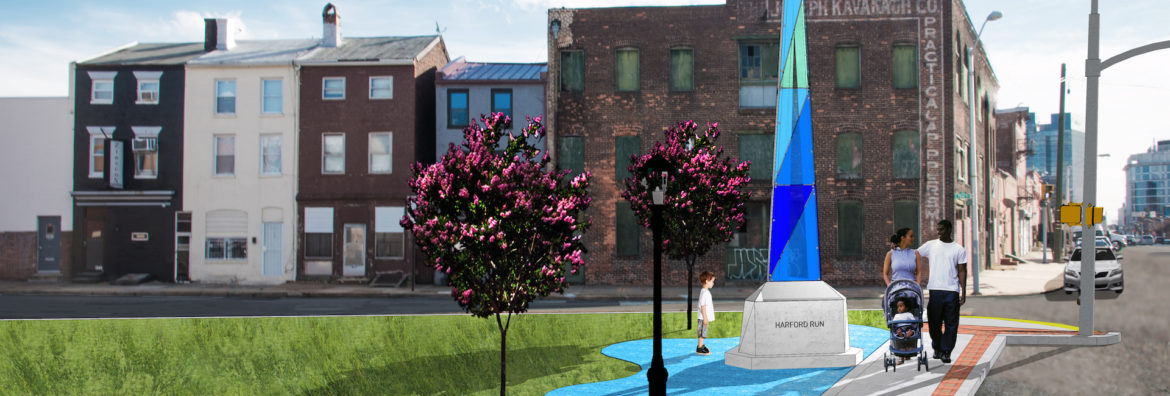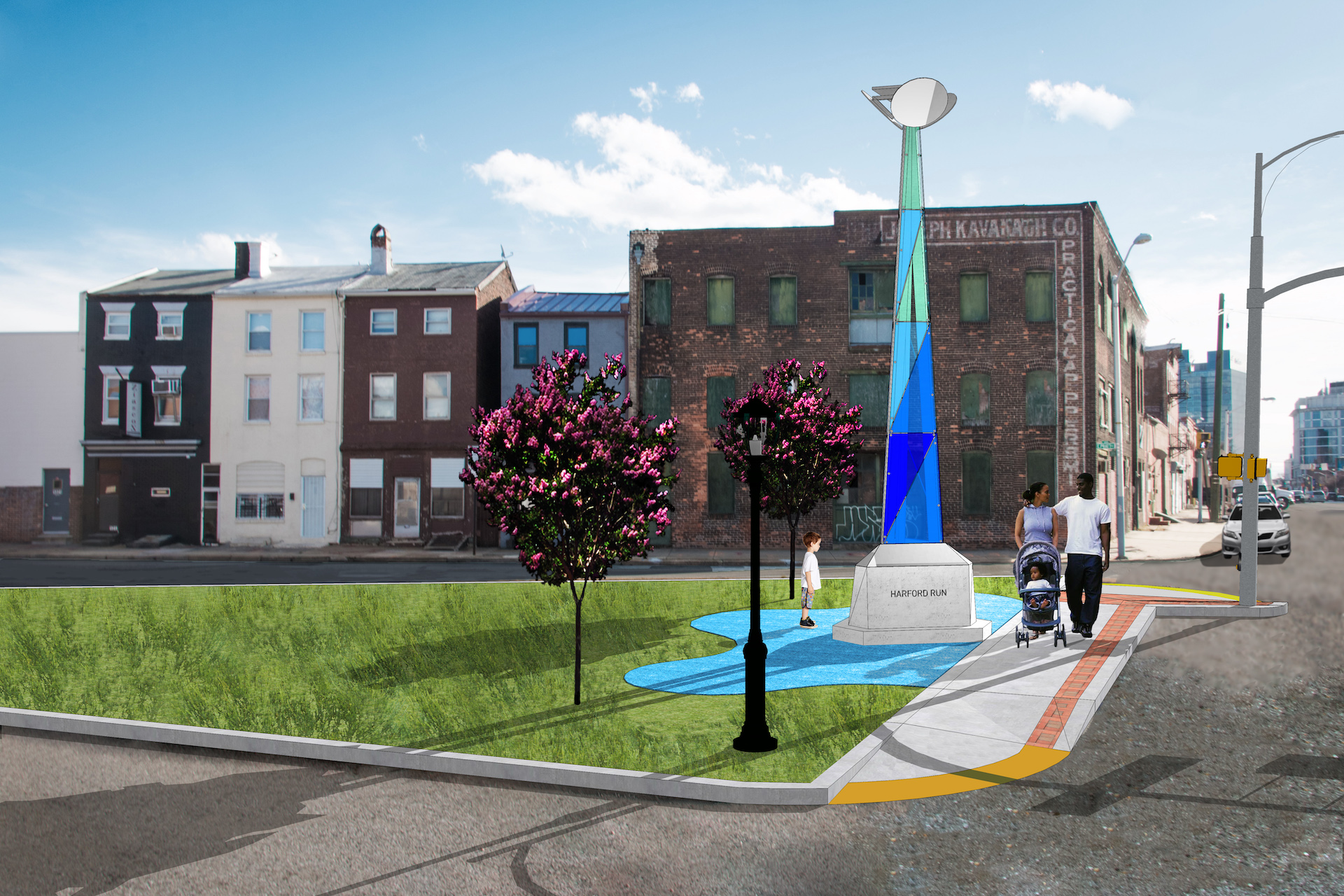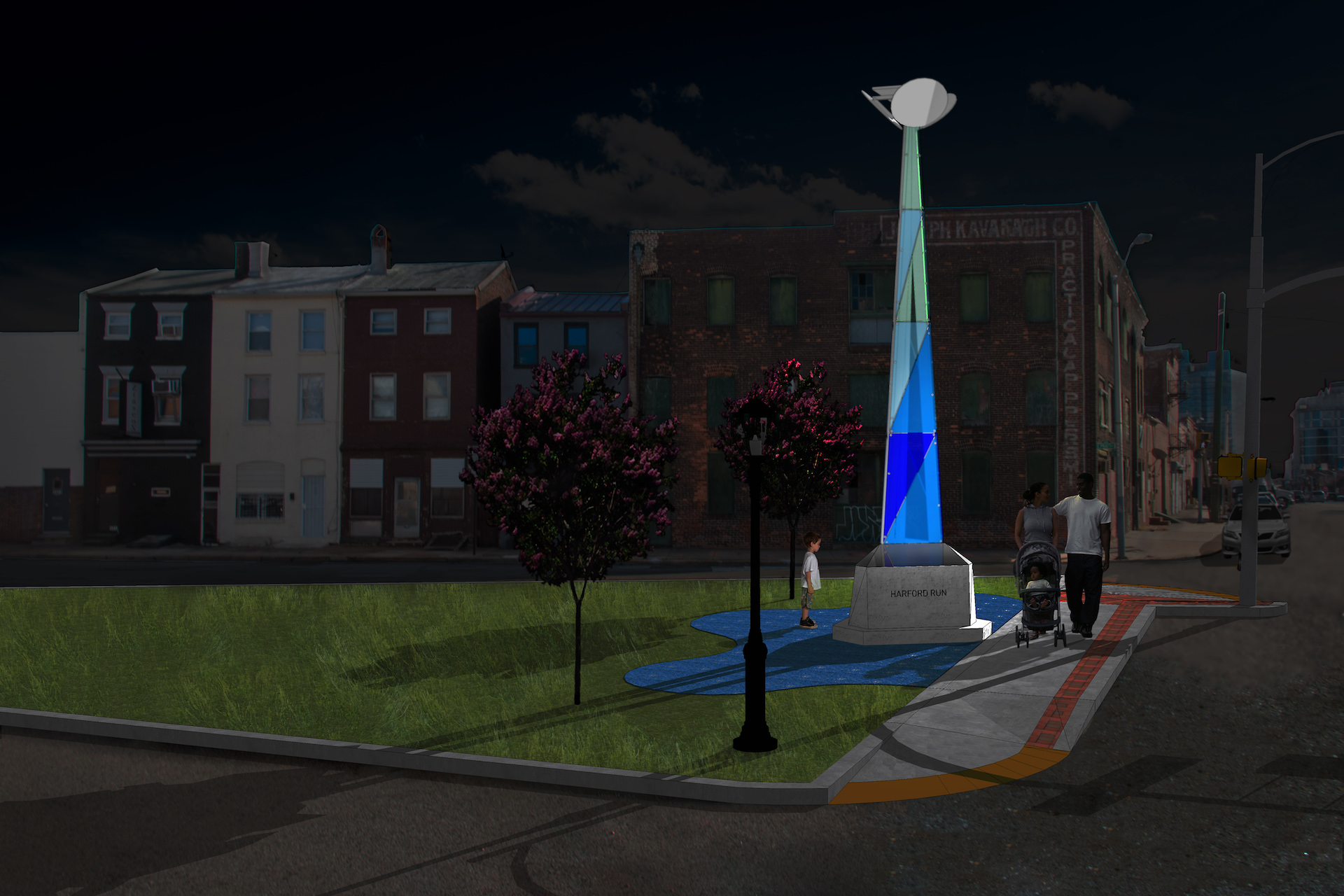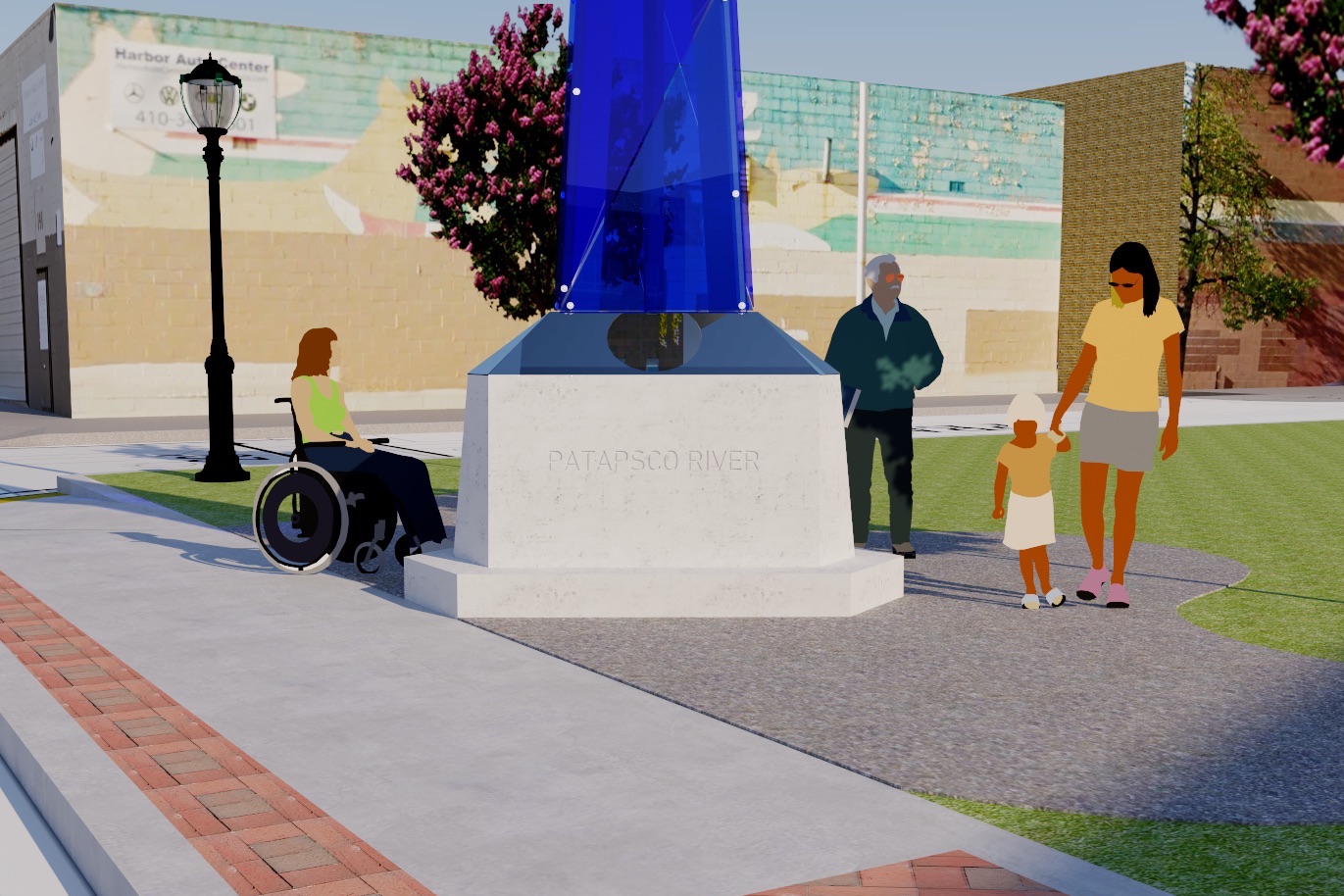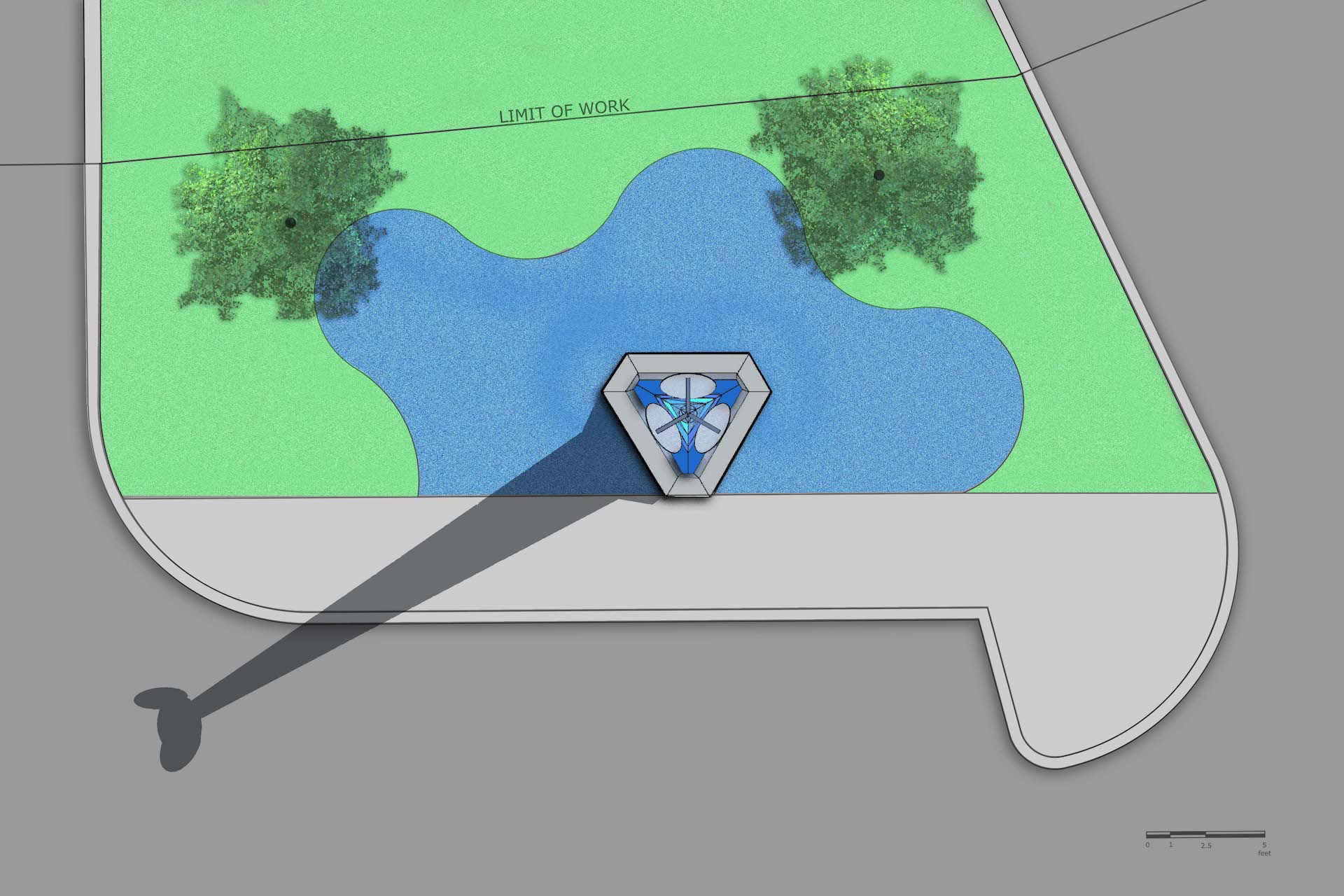
Graham Projects is proud to be the anchor tenant of the Trenton Art Garage!
With the support and collaboration of Central Baltimore Partnership and the Neighborhood Impact Investment Fund, the Trenton Art Garage adaptive reuse project has revitalized a long vacant warehouse at 101 E Trenton Street into affordable artist workspace and workforce housing. The design-development-build team was led by Tamir Ezzat (President of ddb workshop) with support from Tarantino Engineering Consultants, who arrived at a design that delicately intervened to salvage the historic masonry shell and timber frame construction, while adapting the upper levels of the building to accommodate residential occupation. Byrd Design and Build was the contractor of record, with Tamir Ezzat leading the construction management of the project. As anchor tenant and co-owner, Graham Coreil-Allen and his public art and placemaking team at Graham Projects are wrapping the building with creative placemaking features, beautifying and activating the alley-turned-public-space in the Station North Arts District.
Trenton Art Garage, in the Station North Arts District, is the redevelopment of a decades-long vacant, 3-story brick shell that has seen many lives, ranging from horse stables, carriage storage, an auto upholstery factory and now as a mixed-use redevelopment. The building was bought in 2021 for $250,000 and after nearly $1 million in investment, the project comprises 8 residential units intended for workforce housing with a ground-floor commercial space that will function as design-build studio Graham Projects’ new headquarters. With the expanded workspace, Graham Projects is able to grow as a social enterprise, hiring more local artists to help neighborhoods in Baltimore and beyond improve their public spaces. This once blighted structure is experiencing a new chapter in its long story, this time as an example of creative adaptive reuse founded on inclusive housing and affordable artist studio space in the heart of Baltimore’s Arts District.


Graham Projects has created a 100’ long mural wrapping around the Trenton Art Garage. Additionally, the artist team is collaborating with the community on a large-scale traffic calming street mural and other possible features such as planters, a kiosk, bike parking, and outdoor seating to transform the alley into a pedestrian-friendly, multi-use public space. This alley activation supports the Station North Arts District Public Space Plan by transforming an alley historically challenged by illegal dumping and unsafe car speeds into an intimately scaled place with more accessible pavement, added greening, improved safety lighting, bike/walk amenities, and opportunities for socializing and experiencing public art.





Trenton Art Garage is located in the heart of the Station North Arts District, 101 E Trenton Street. Construction of the project began August 1, 2024 with its completion slated for May 1, 2025. The vision for the project was crafted through 2024, where it had to apply for zoning relief to make the project viable, only after conducting a process of transparency with the Charles North and Greenmount West Land Use committees.
Graham Projects had a need for a base of operations for its placemaking firm. Central Baltimore Partnership wanted to aid in that by offering financial support to Graham in his endeavour, while also recruiting Graham Projects to the Station North Arts and Entertainment district. Graham reached out to Tamir Ezzat, an architect/developer, for advice and perhaps a partnership. Through his practice, Tamir had been aware of a long vacant structure located at 101 E Trenton Street, that he knew could be a fascinating opportunity to redevelop with Graham’s team serving as an anchor tenant. The idea of bringing an entrepreneurial artist to be headquartered in the Station North Arts District of Baltimore was perfect. The trick became how the team approached repurposing the remainder of the building for long-term habitation.
“I love how this project is one step in the tangible implementation of the Station North strategic plan…alleys play into the larger urban experience of an arts district, as places for greening, lighting, walking, social spaces, and intimate places for public art,” said Jack Danna, Director of Commercial Revitalization for Central Baltimore Partnership. “Graham Projects is doubling down on Station North, not just by moving its headquarters here but by taking ownership in a once forgotten structure and filling it with life, purpose and possibilities. It’s what we love to see, and why we do what we do.”
This project was made possible with grant support from Central Baltimore Partnership and lending from Neighborhood Impact Investment Fund. The project is approved for CHAP historic tax credits as well as National Park Service Historic Preservation tax credits. It received support from the Charles North and Greenmount West Communities land use committees for its zoning relief it sought in order to approve the (8) apartments and ground floor commercial office space.







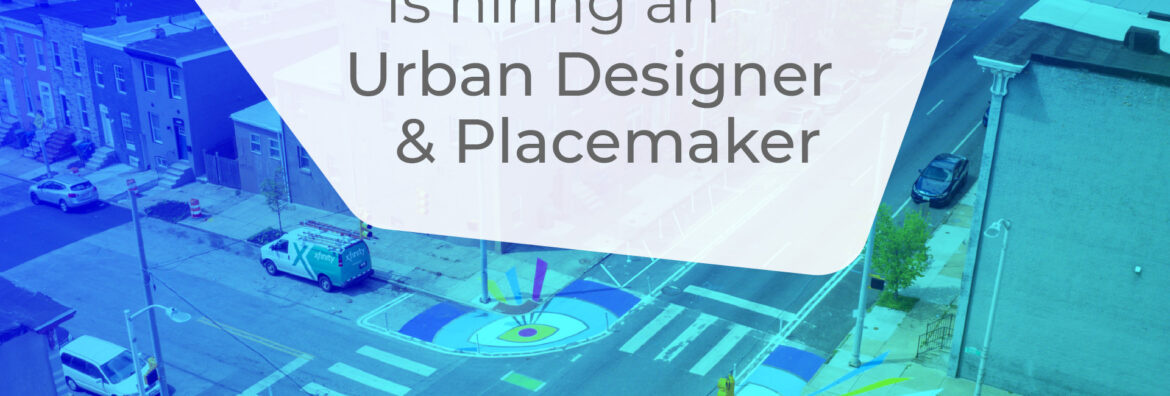
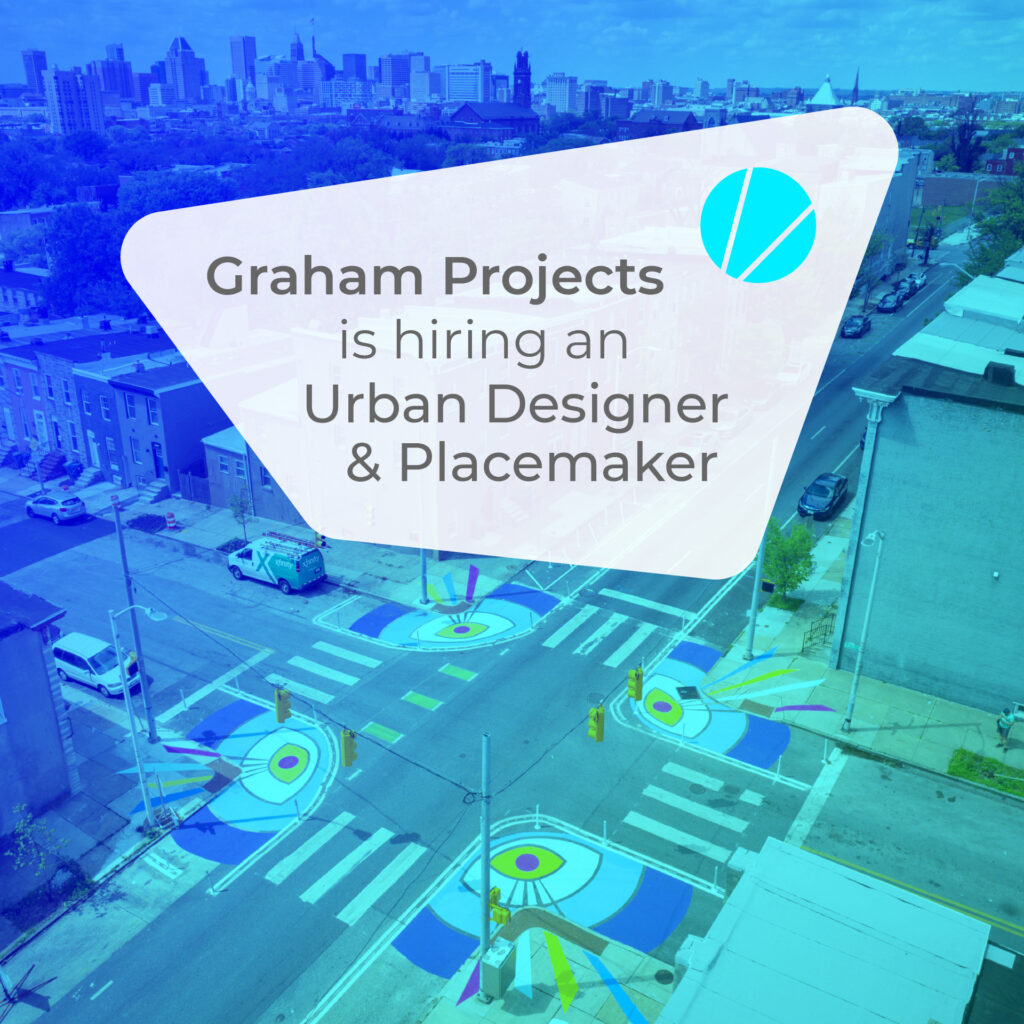
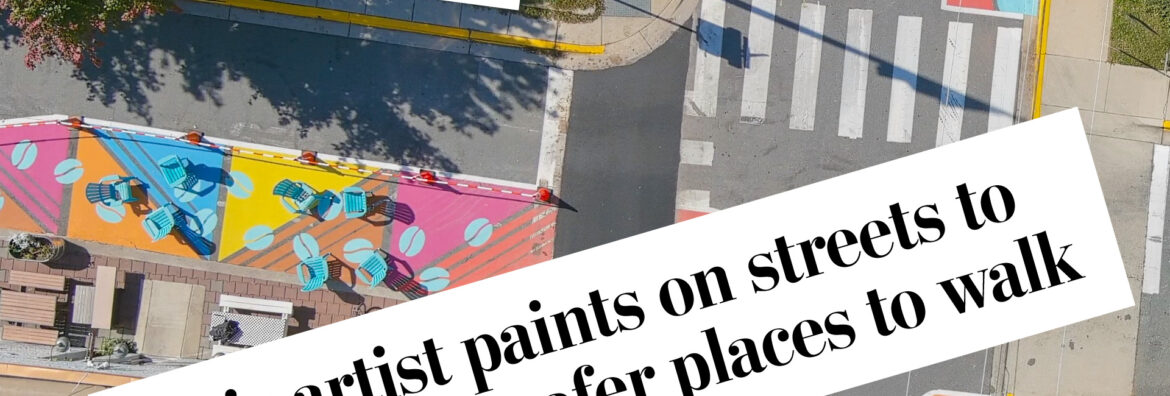
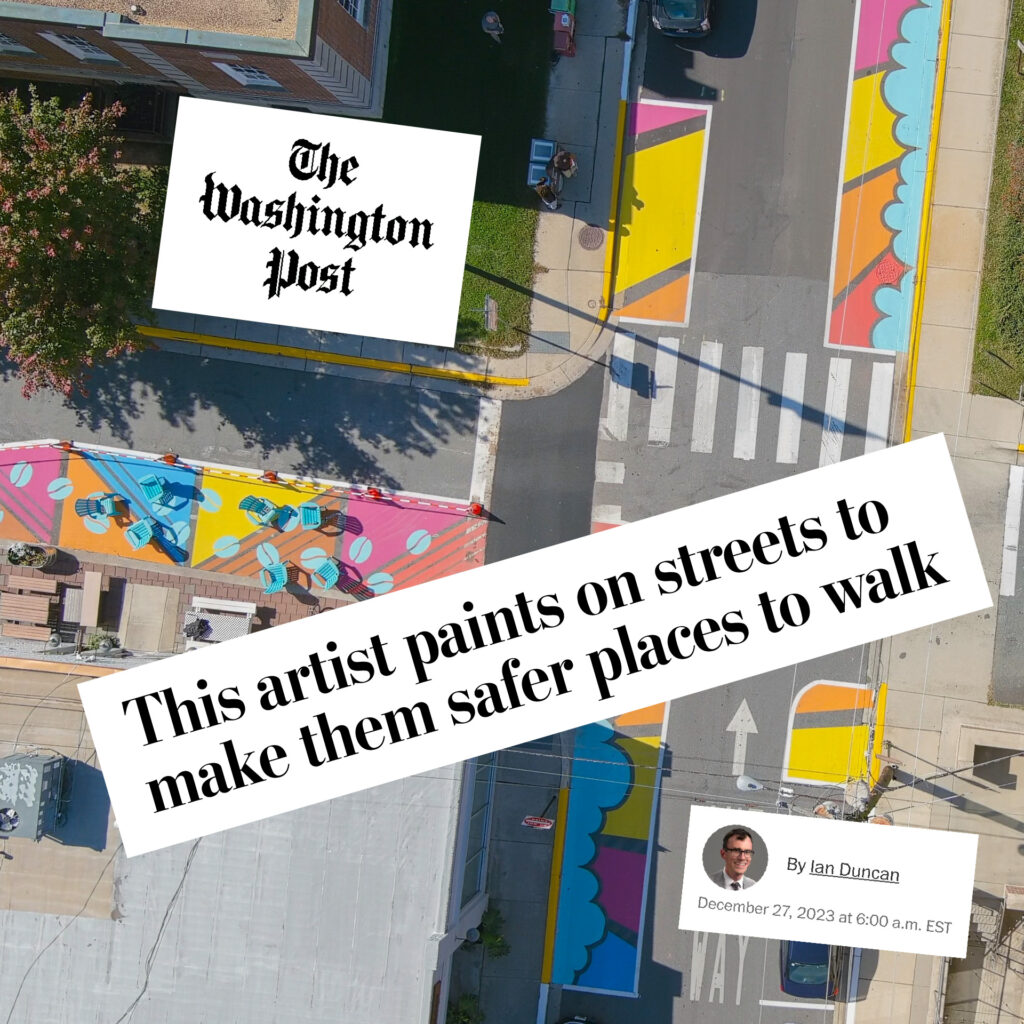
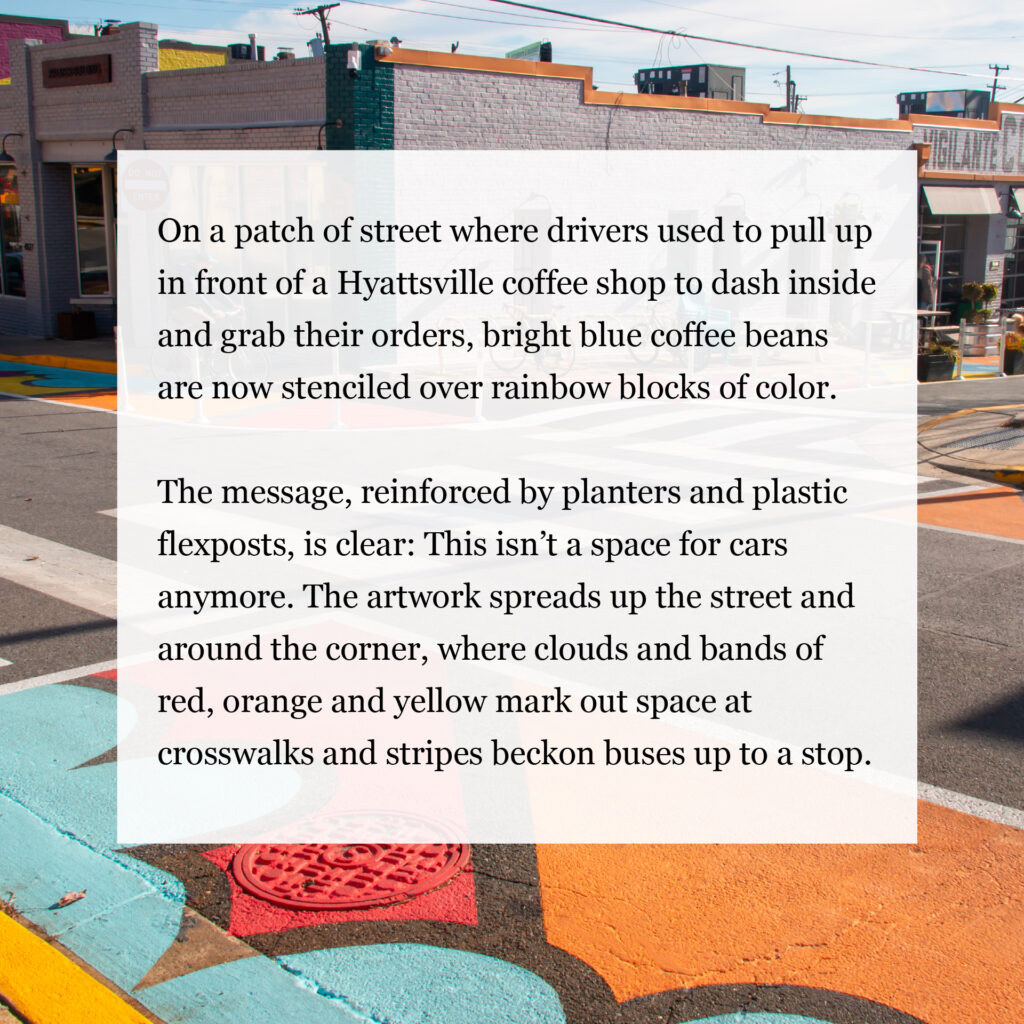
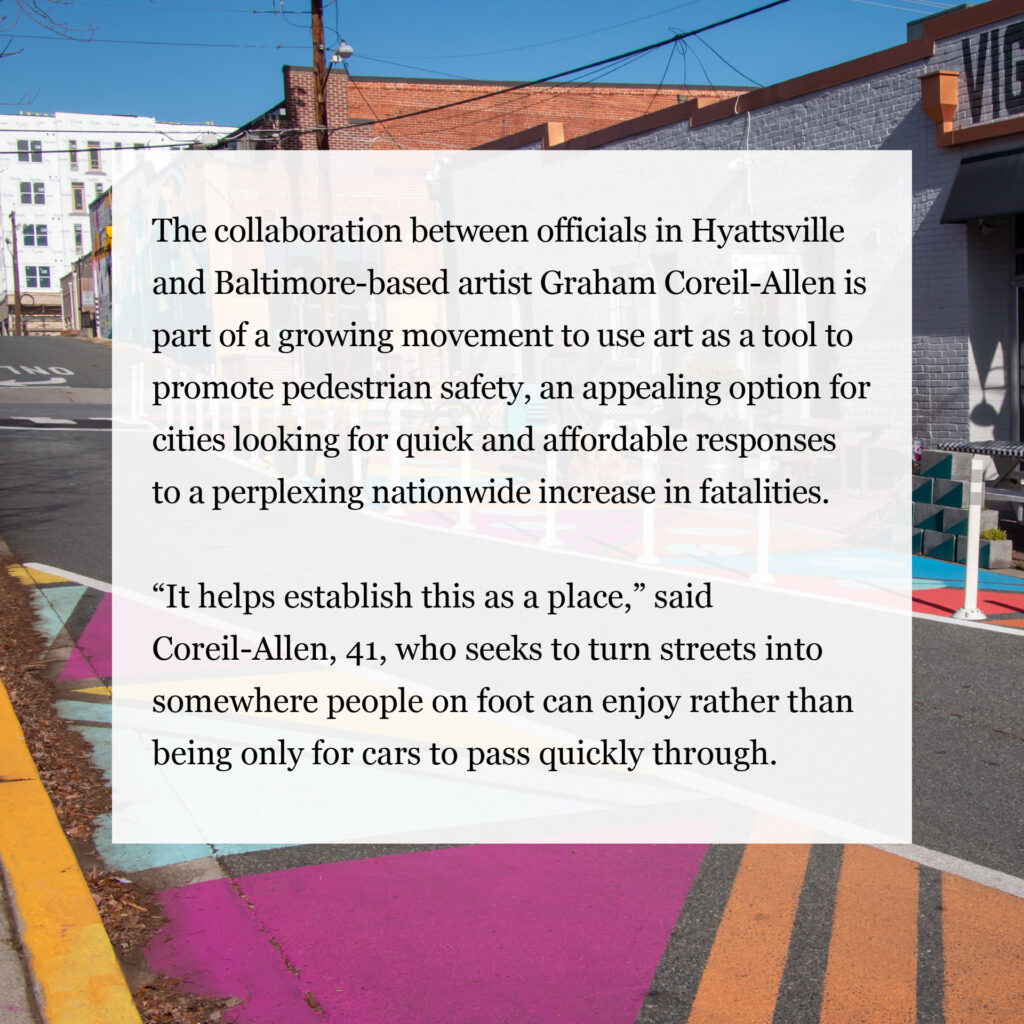
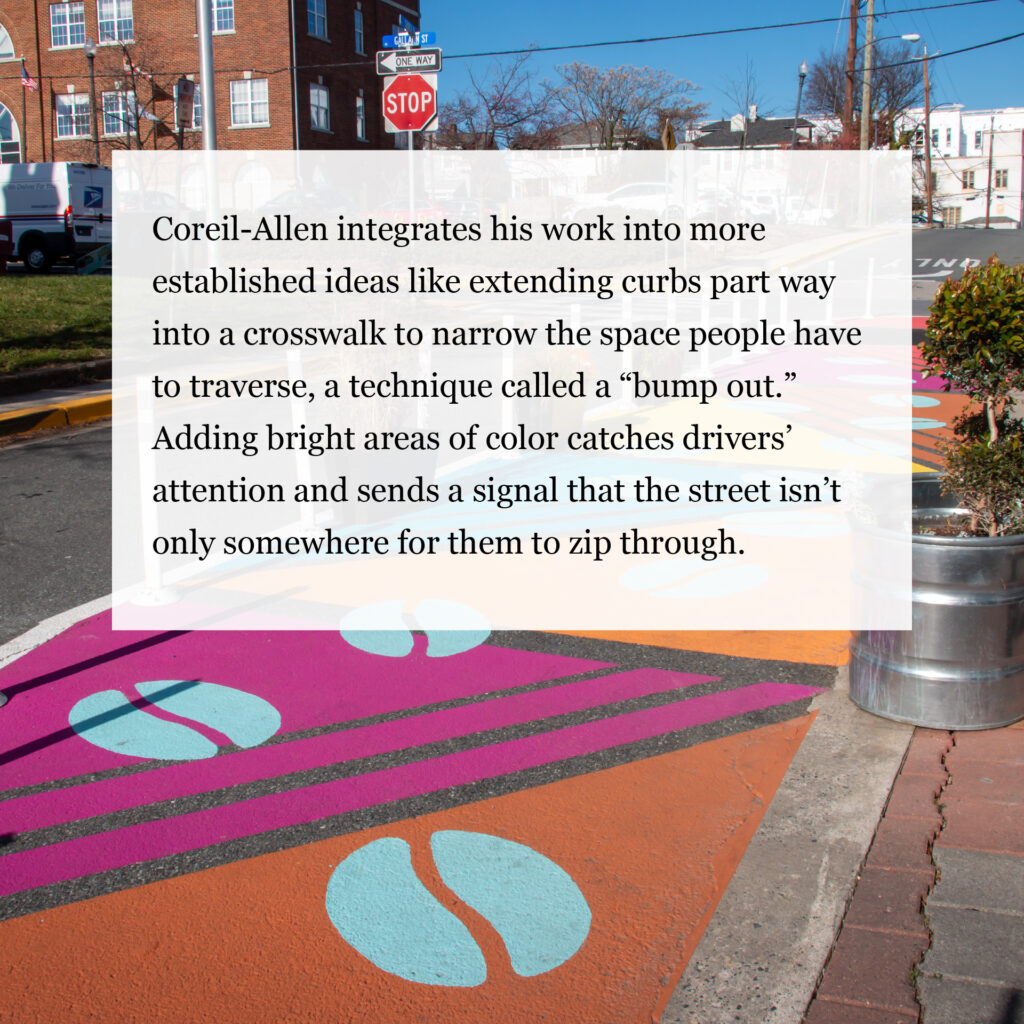
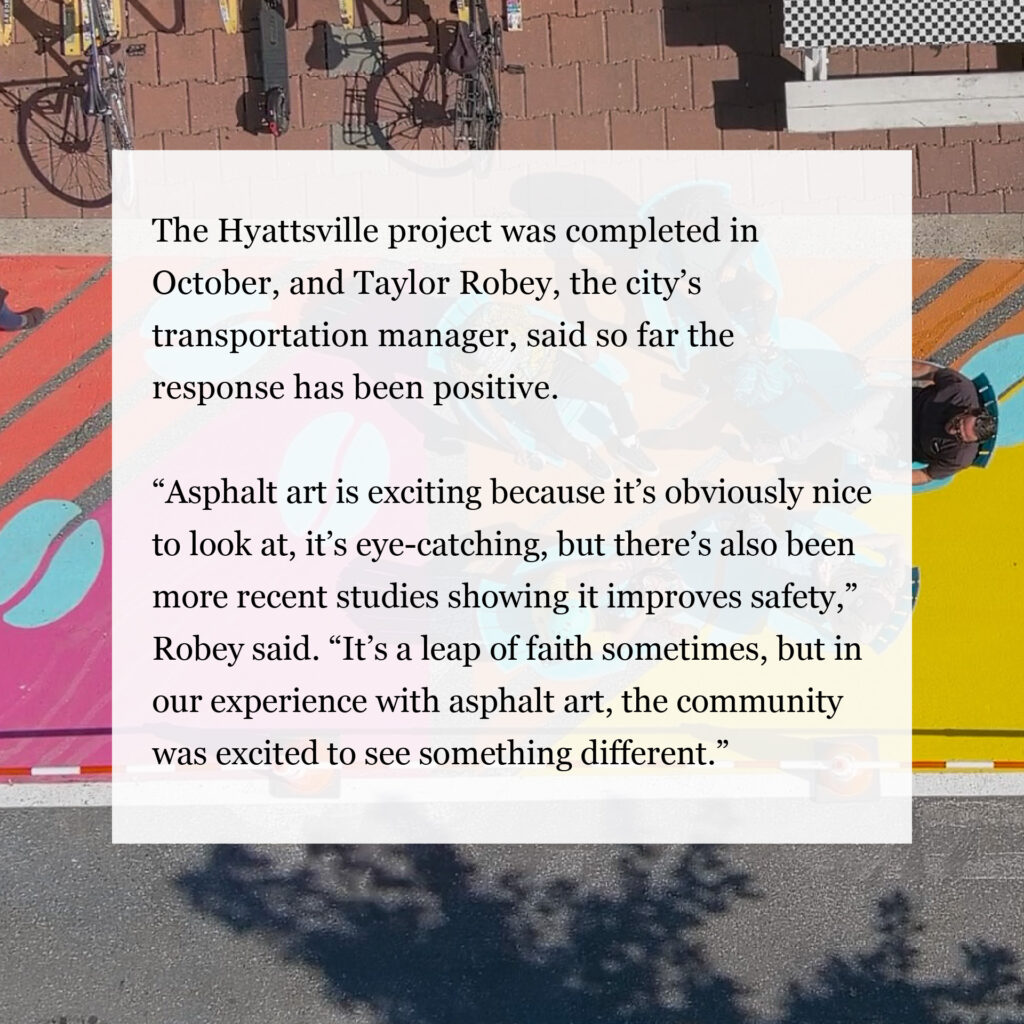
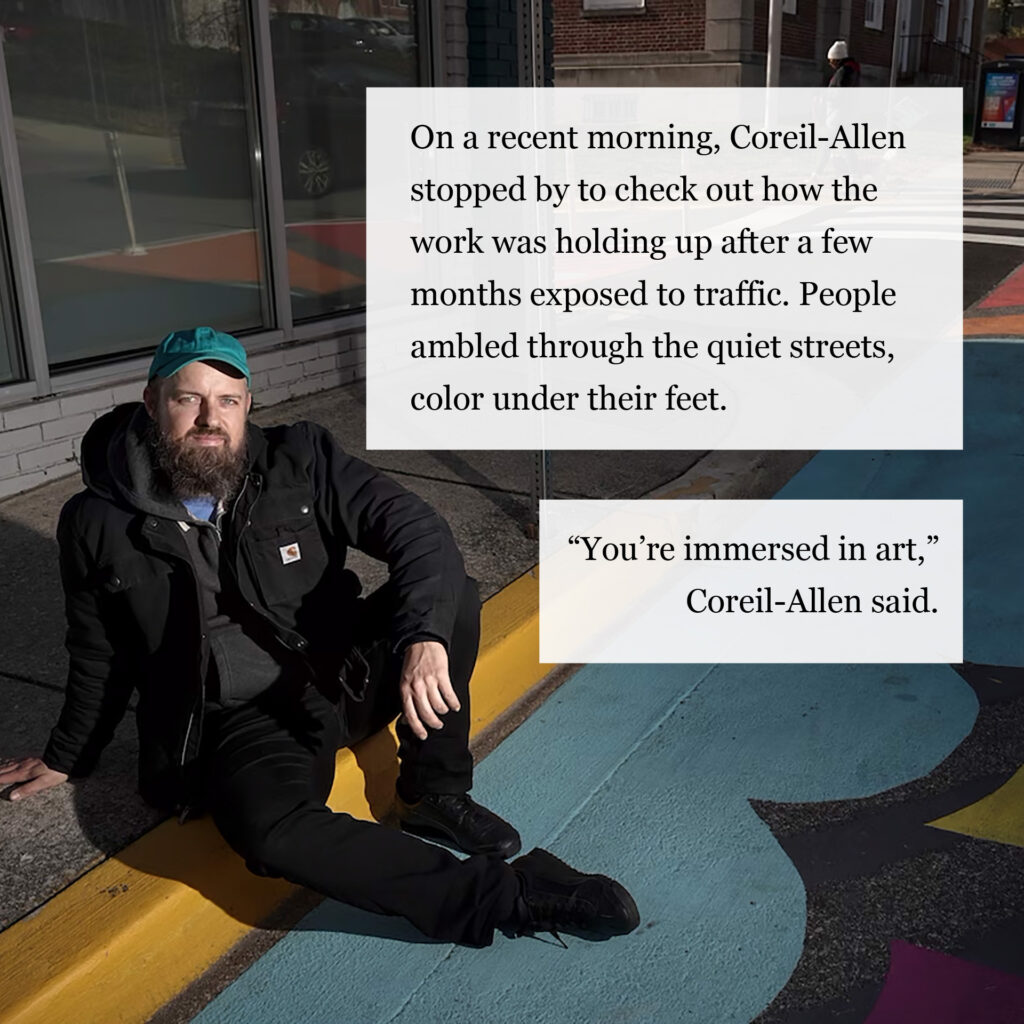
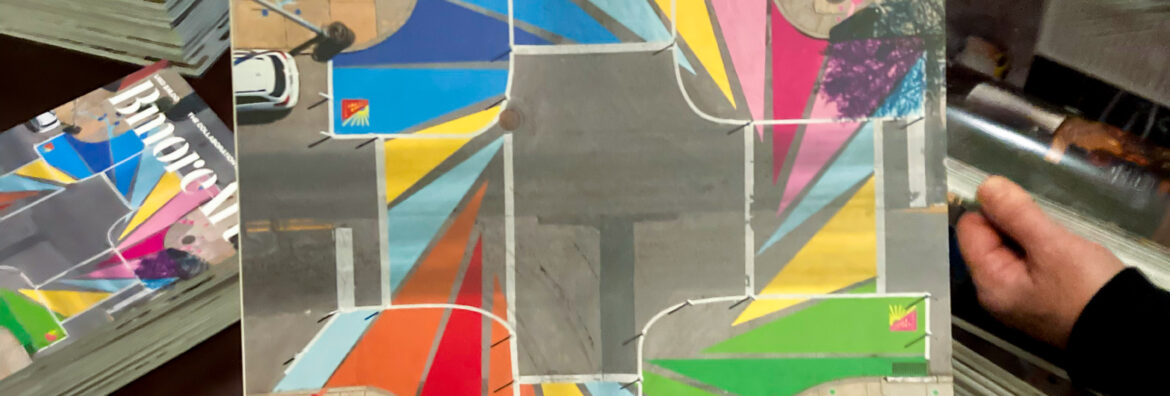
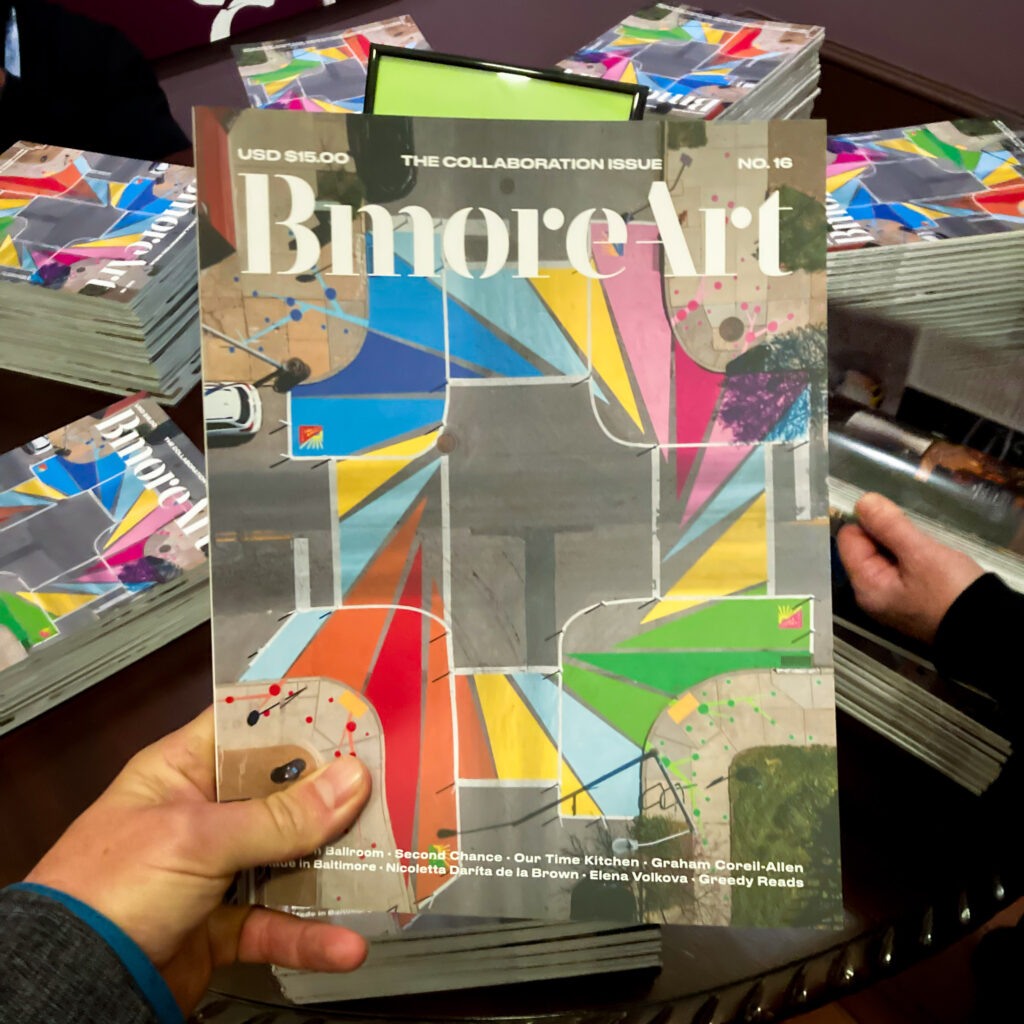
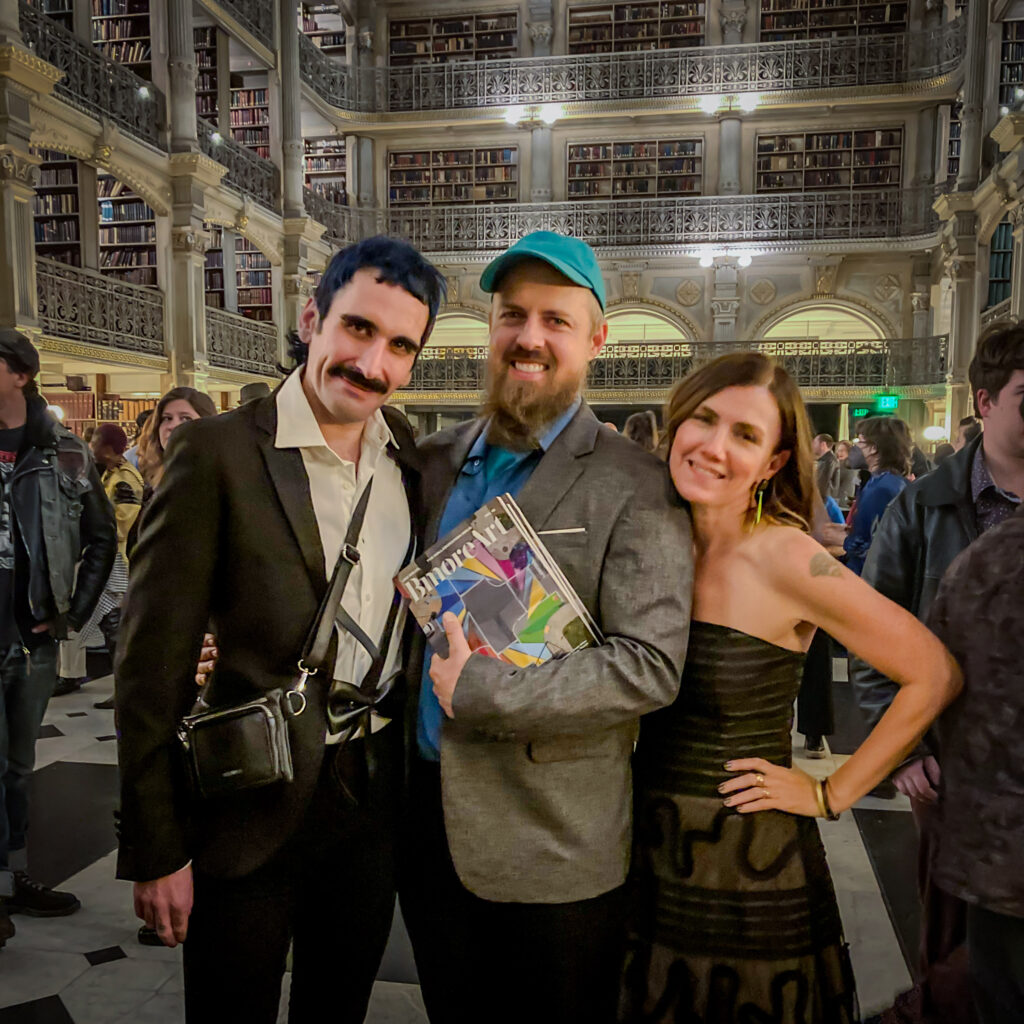
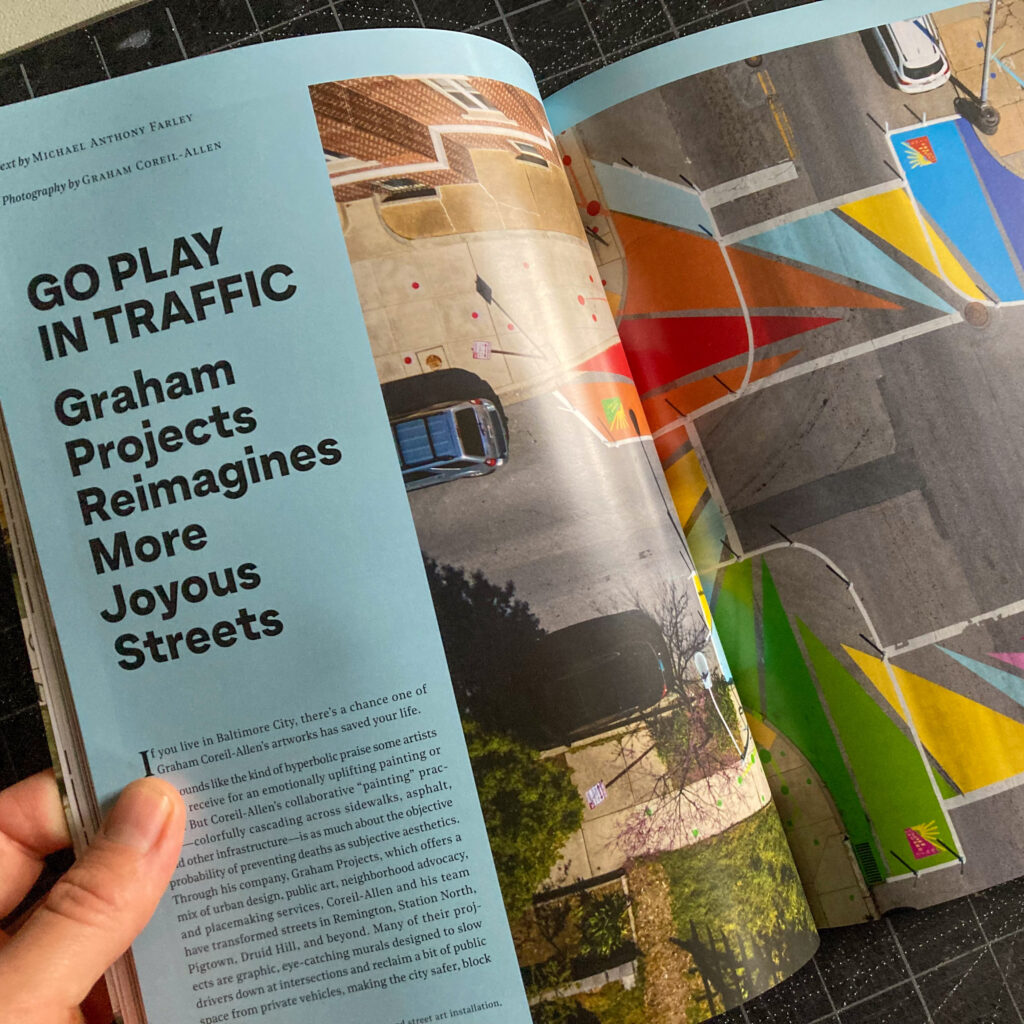
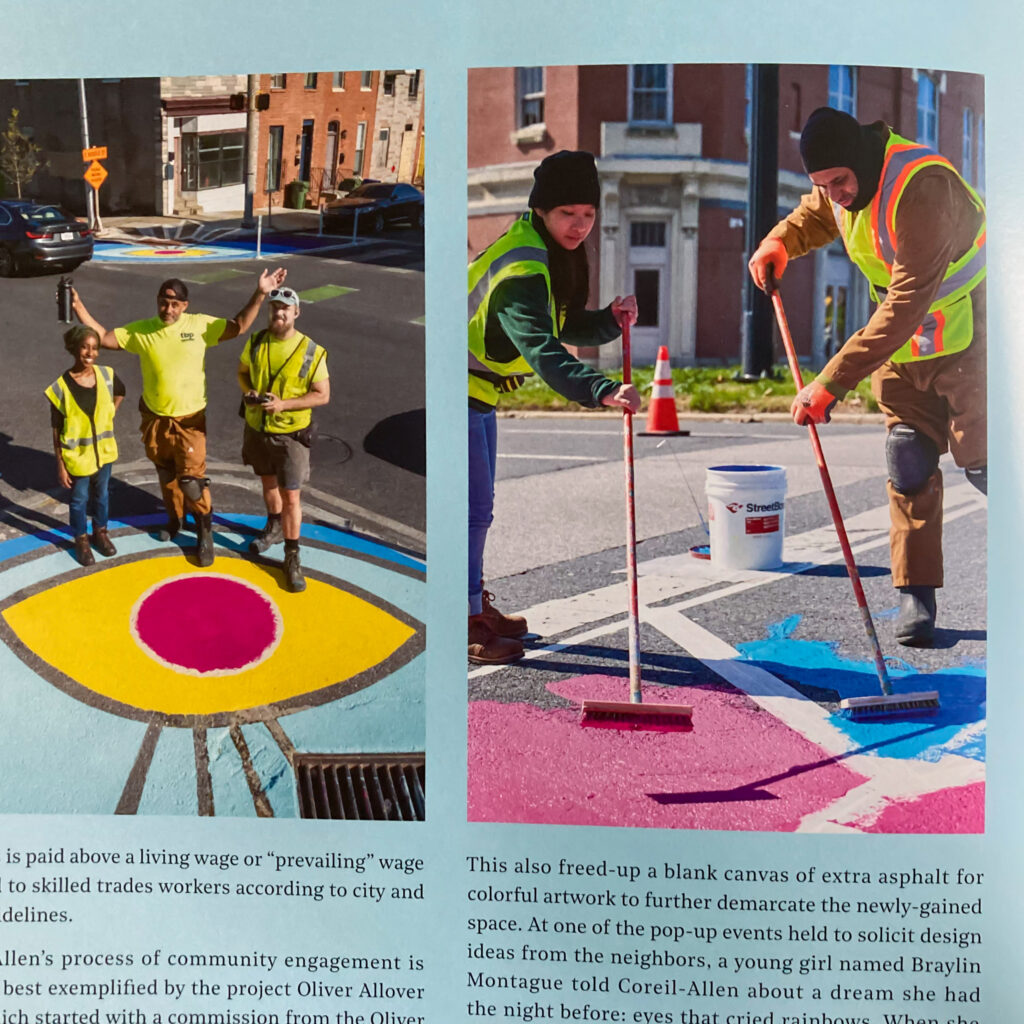
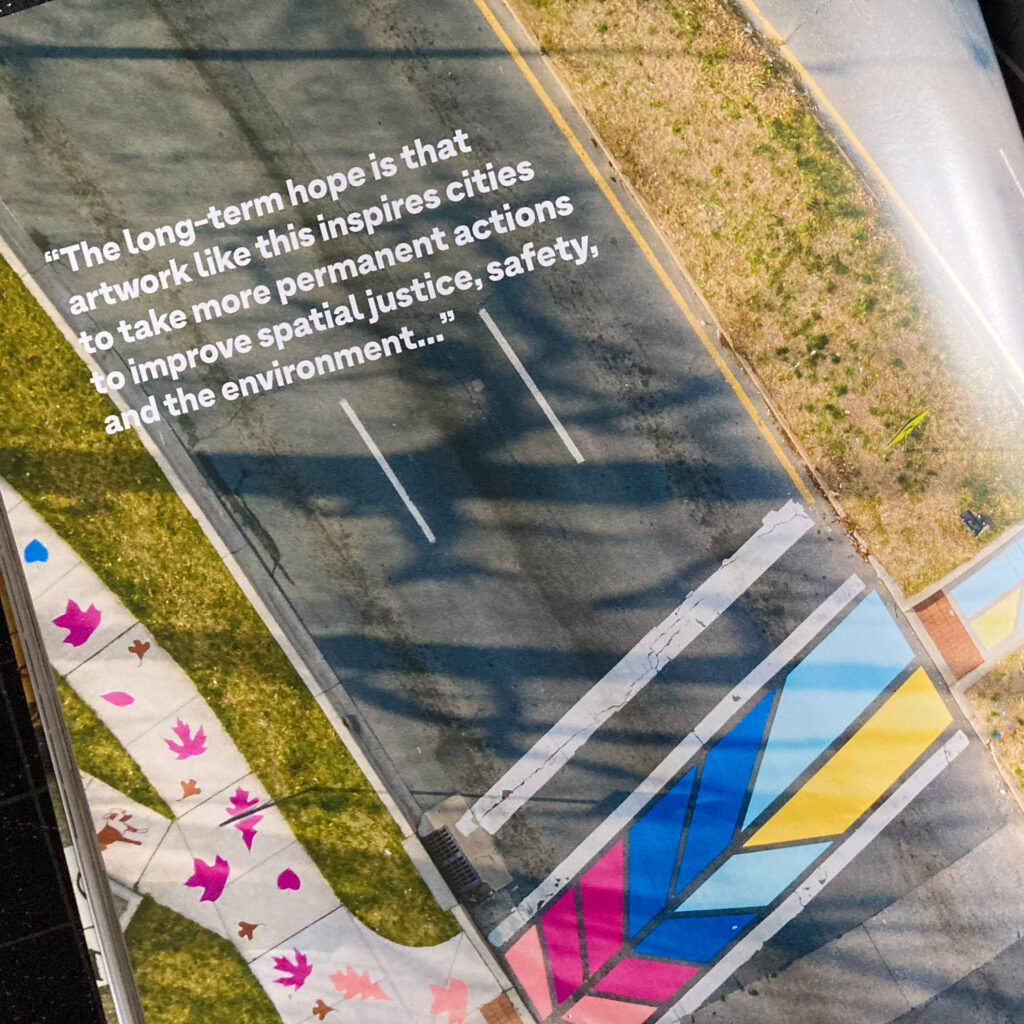
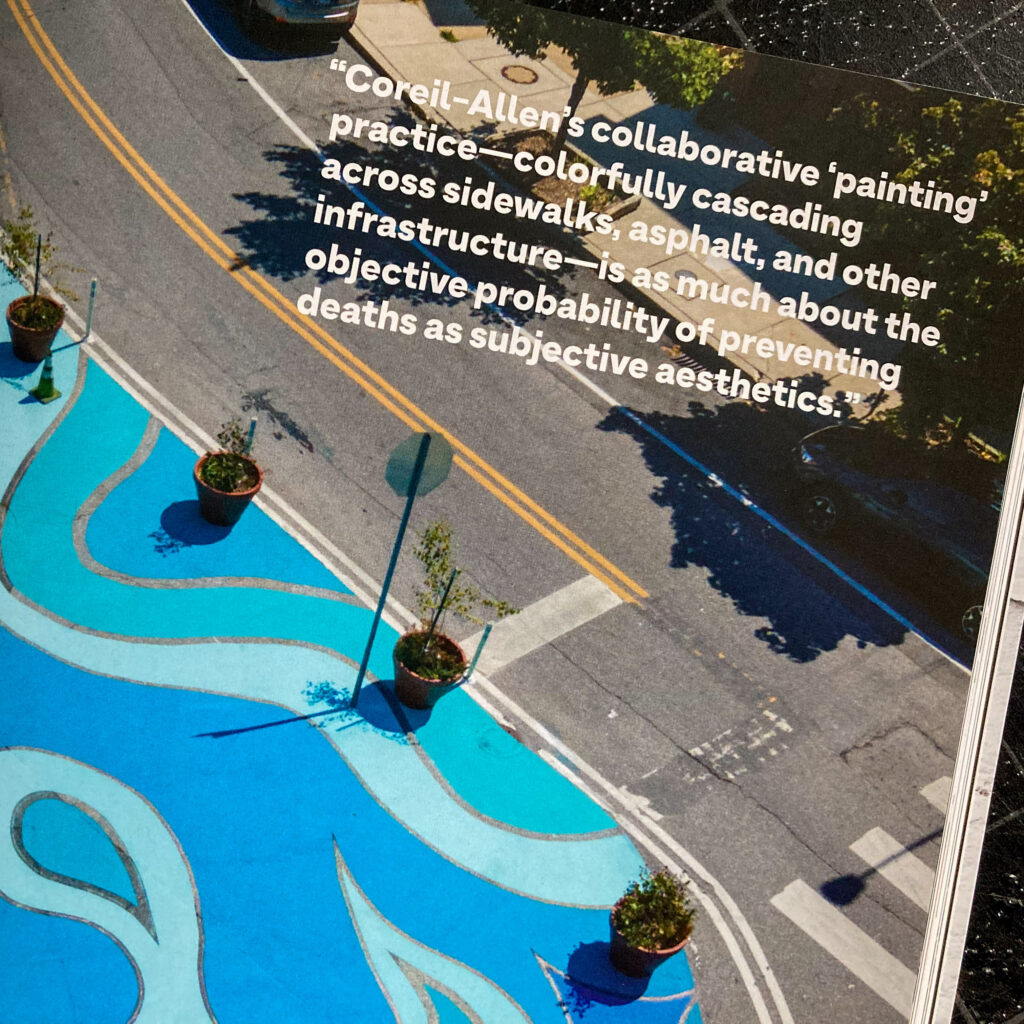
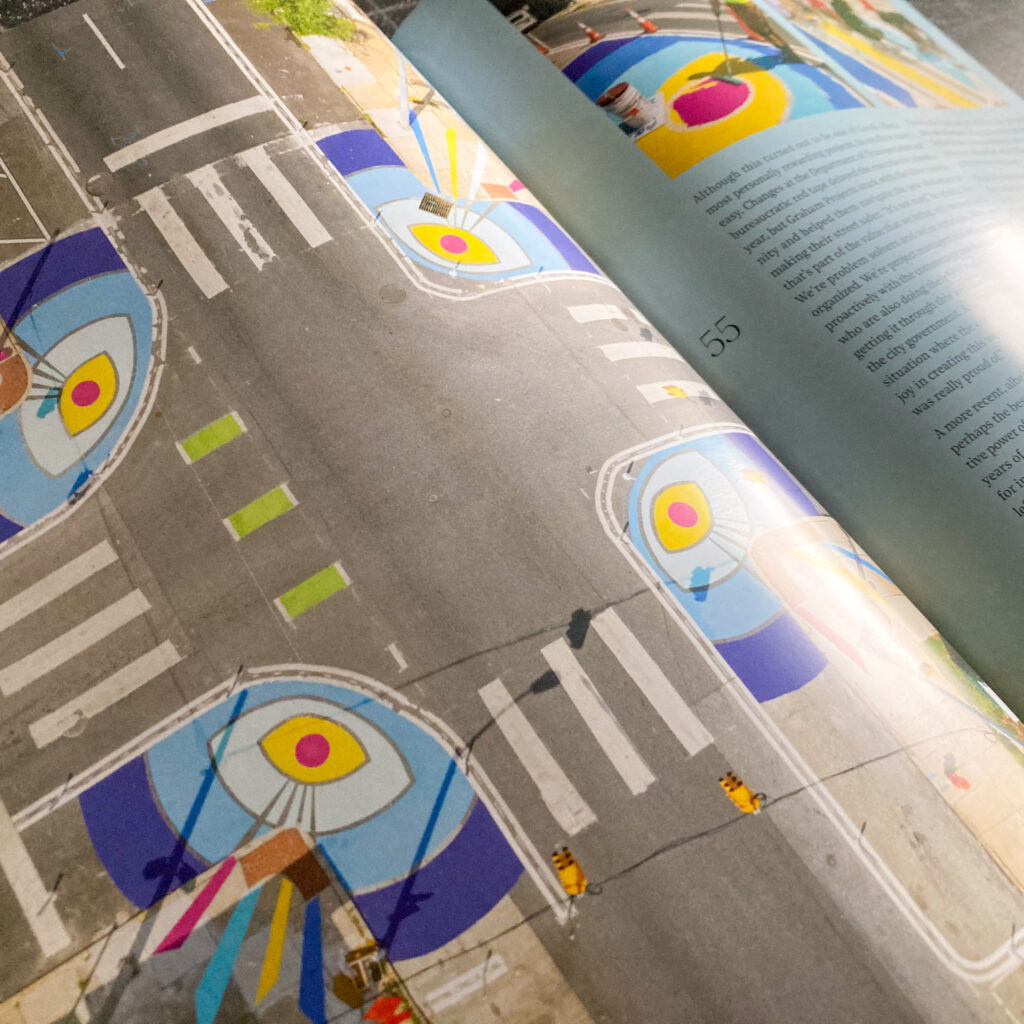
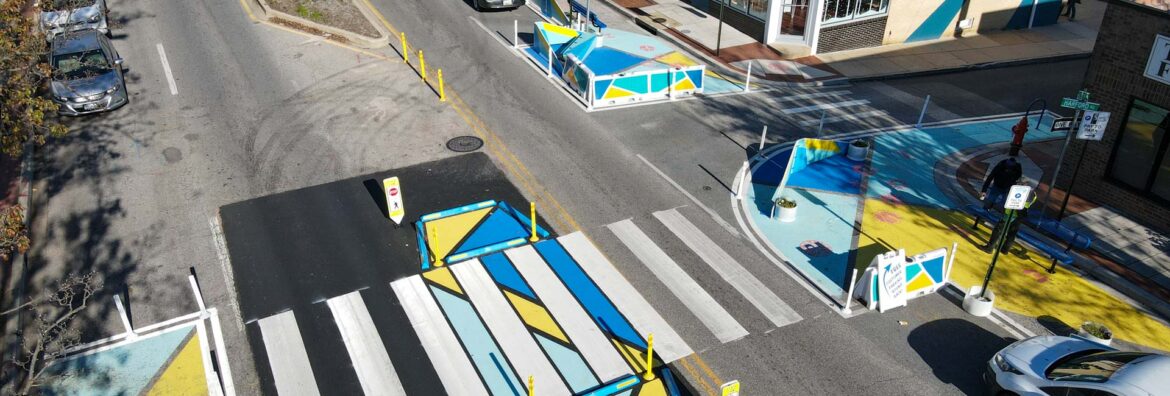
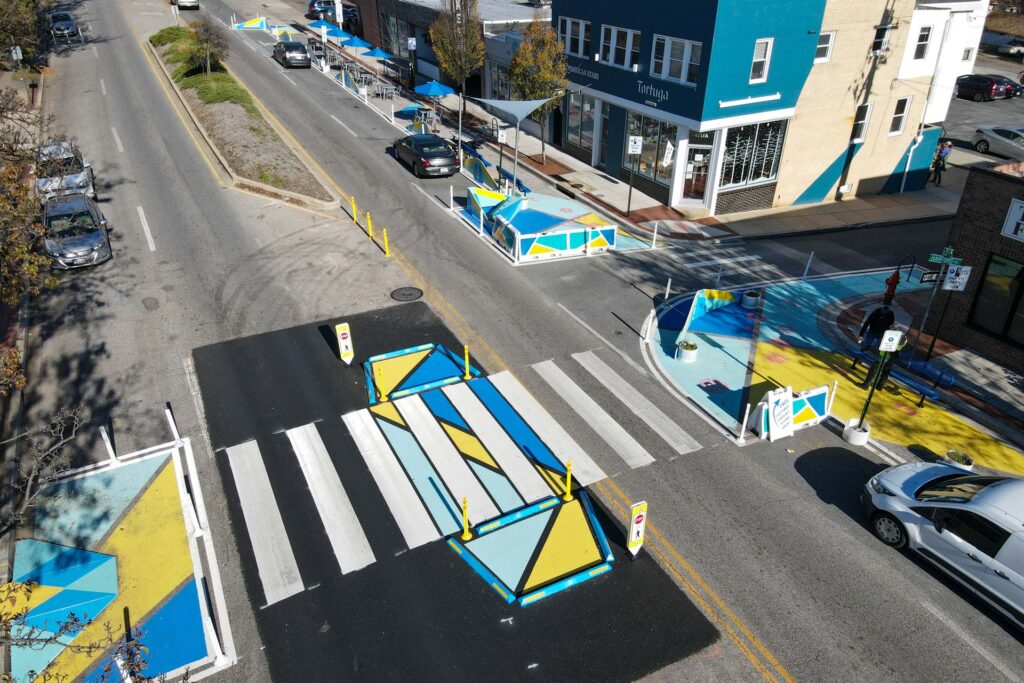
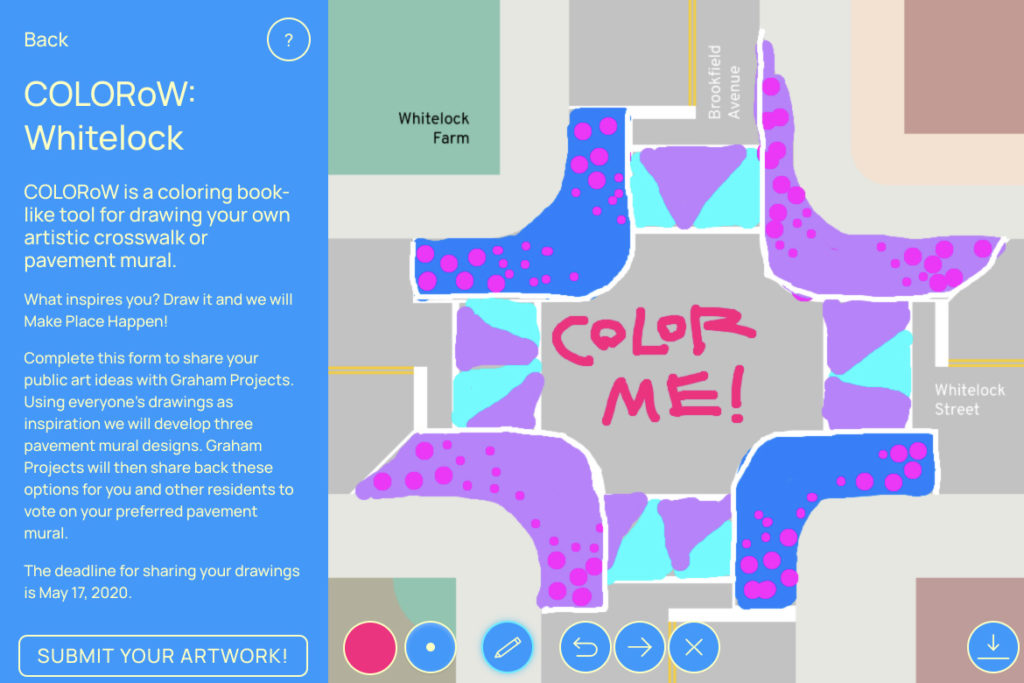
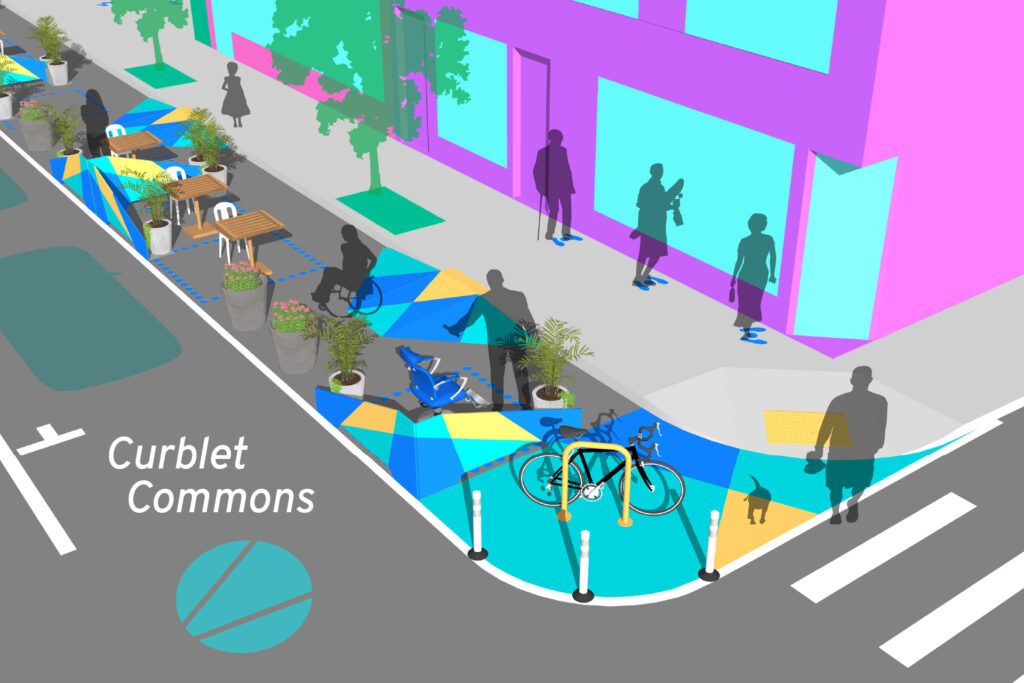
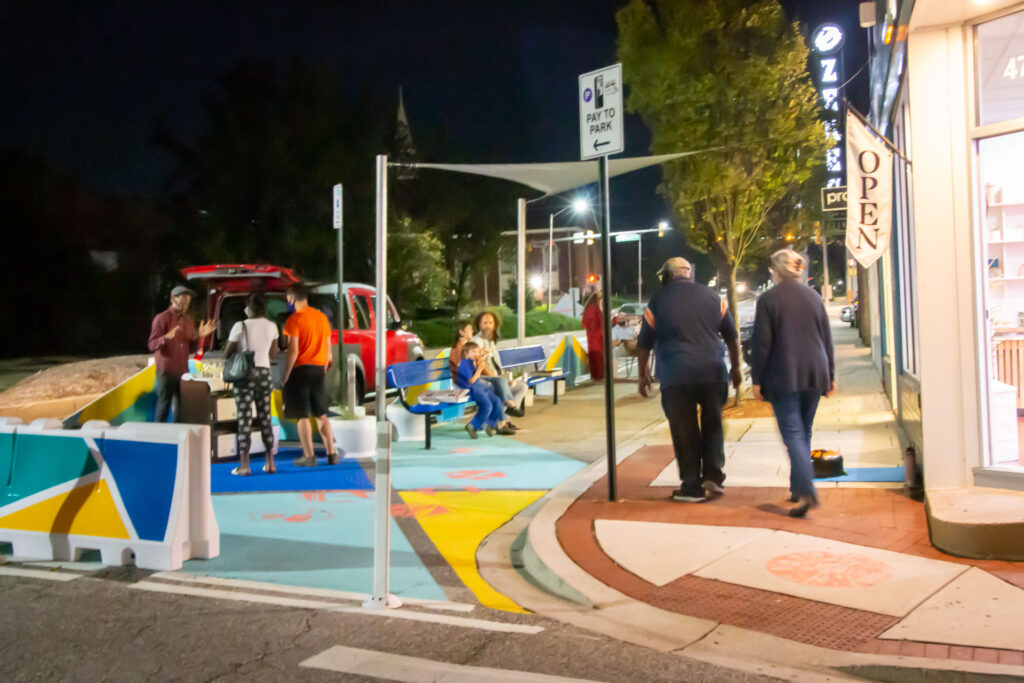
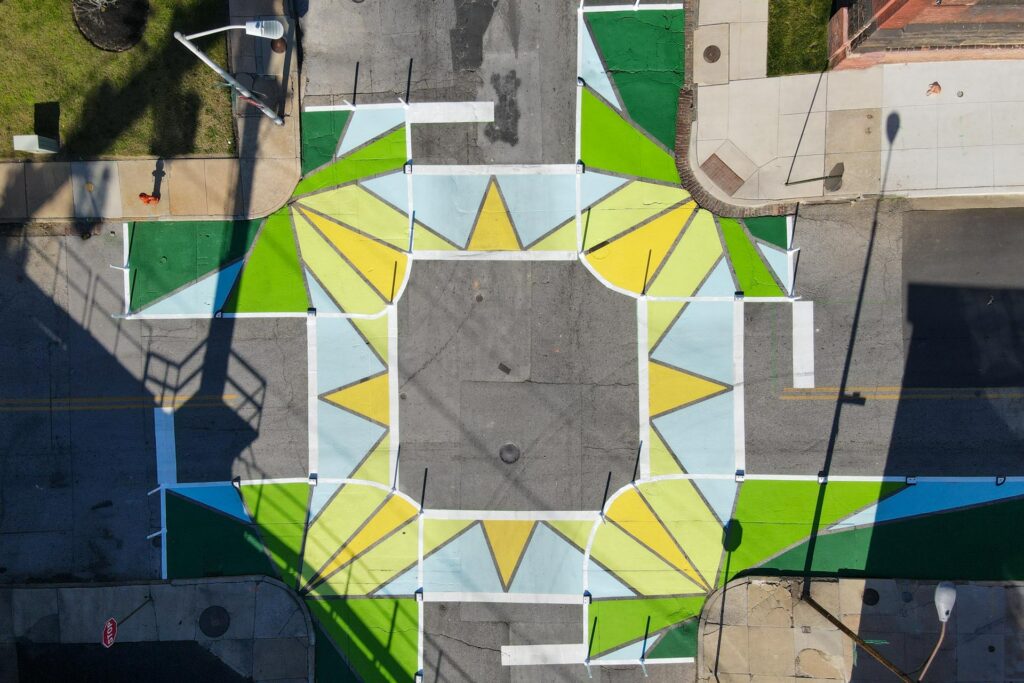
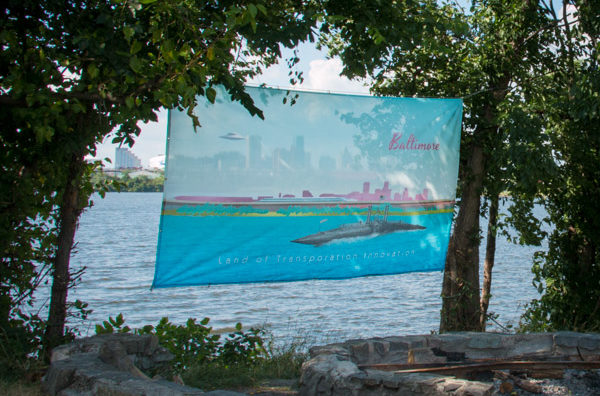
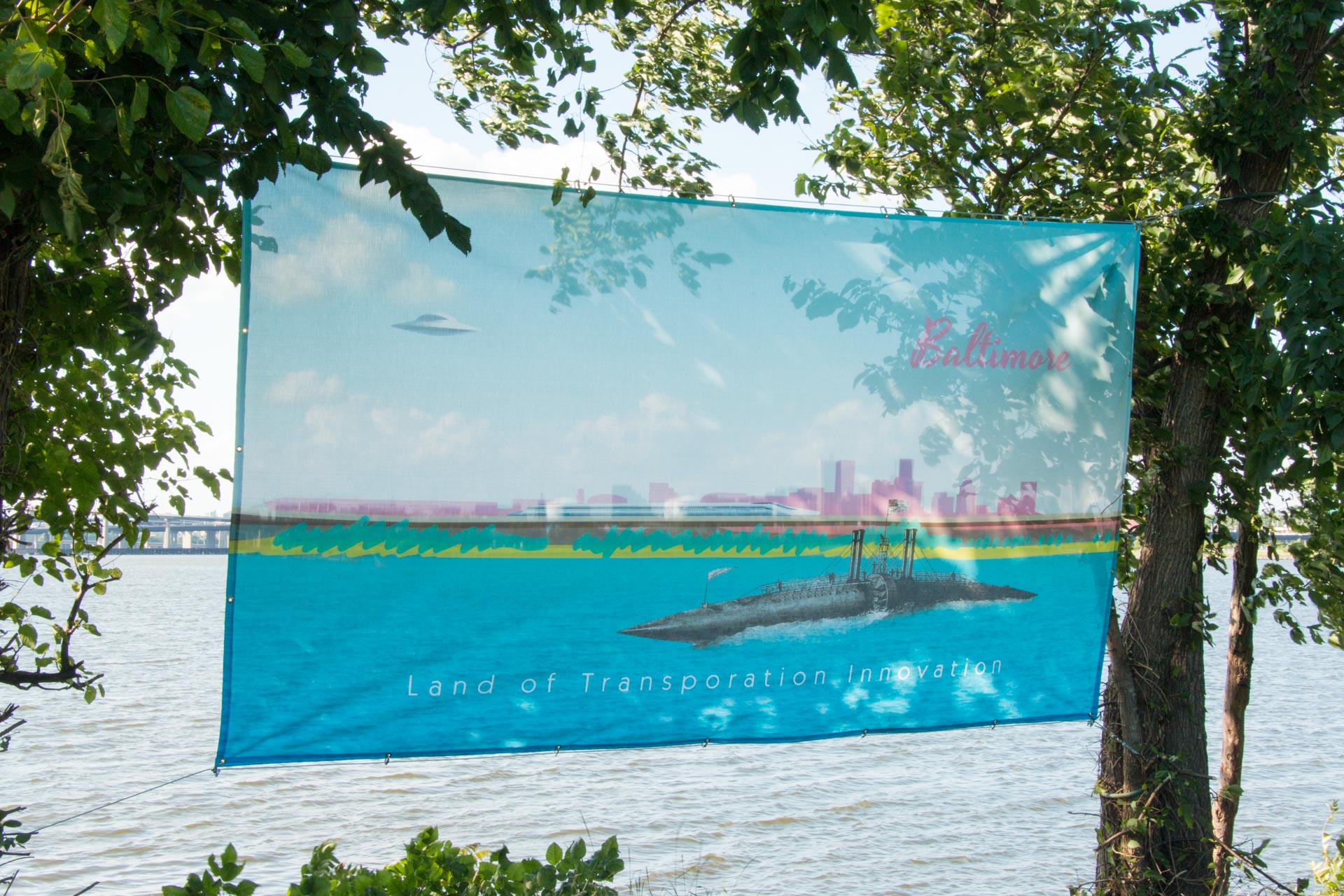
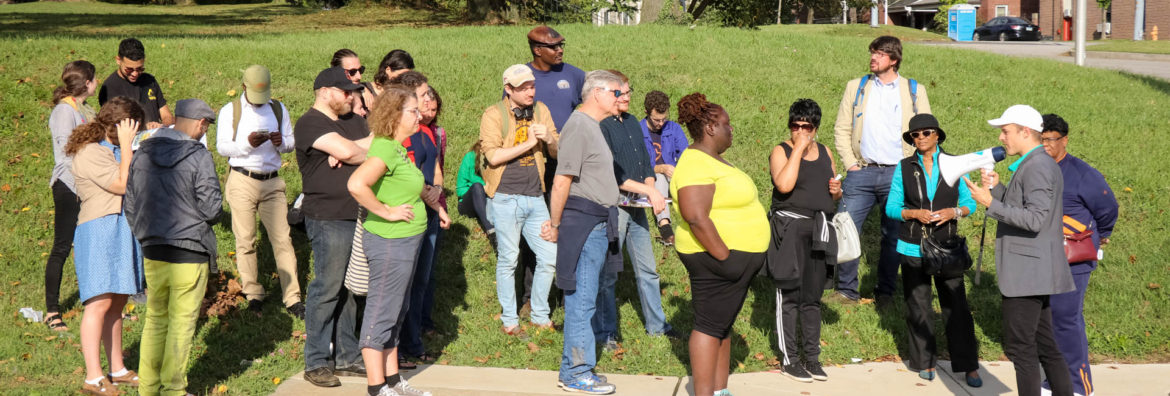
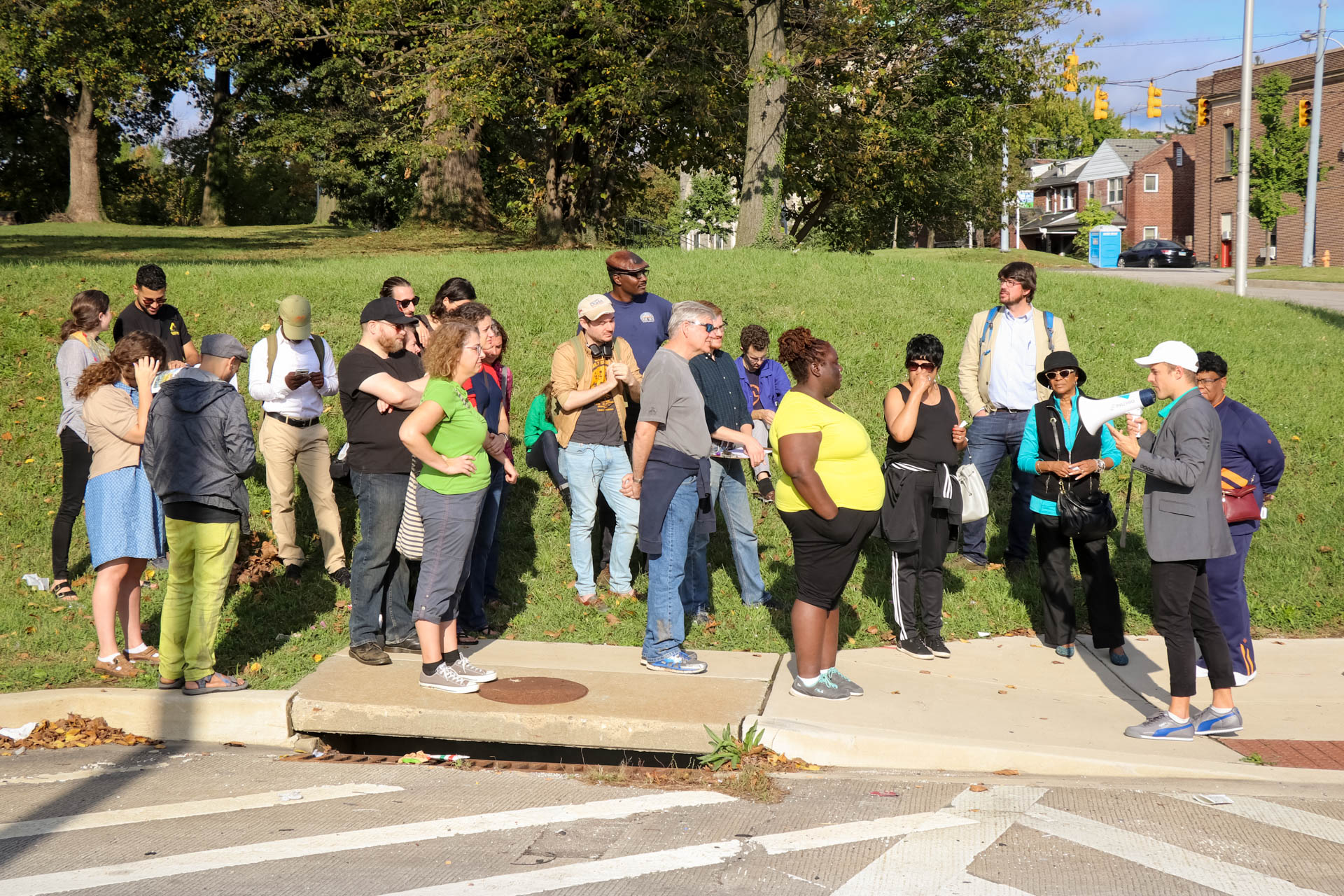
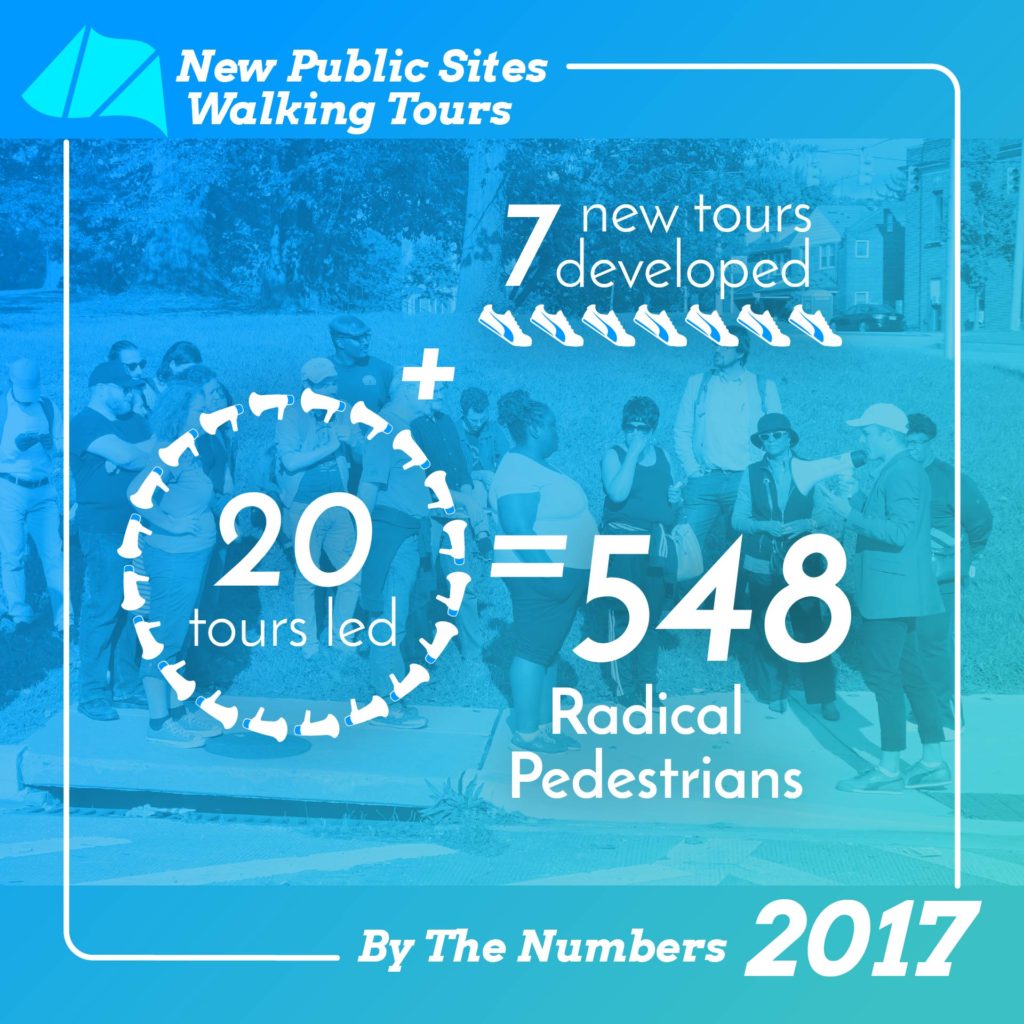 As we close out 2017 I’m thankful for the numerous neighbors, leaders, artists, and organizations I have had the honor of working with to Make Place Happen in Baltimore and beyond. From championing pedestrian accessibility around Druid Hill Park, to exploring the robust and emerging civic spaces and public art of Arlington County, to colorfully reconfiguring concrete paving for playful action, place is truly what we made of it. Public space is not just constructed out of tactile materials like pavement, landscaping, and benches, but also the intangible – knowledge, organizing, and programming. Through New Public Sites walking tours we poetically re-experienced everyday public spaces while learning from community leaders and civil servants how to affect change at the block level. Artscape showed that streets and bridges don’t have to be just for cars, but can also be spaces for ecstatic pedestrian interactions. Workshops like the Baltimore Museum of Art’s Visioning Home created spaces for inclusively mapping out creative futures for the city. I am inspired by my collaborators who believe that we can expand such temporary zones of autonomy into lasting places of accessibility, well-being, joy, and freedom.
As we close out 2017 I’m thankful for the numerous neighbors, leaders, artists, and organizations I have had the honor of working with to Make Place Happen in Baltimore and beyond. From championing pedestrian accessibility around Druid Hill Park, to exploring the robust and emerging civic spaces and public art of Arlington County, to colorfully reconfiguring concrete paving for playful action, place is truly what we made of it. Public space is not just constructed out of tactile materials like pavement, landscaping, and benches, but also the intangible – knowledge, organizing, and programming. Through New Public Sites walking tours we poetically re-experienced everyday public spaces while learning from community leaders and civil servants how to affect change at the block level. Artscape showed that streets and bridges don’t have to be just for cars, but can also be spaces for ecstatic pedestrian interactions. Workshops like the Baltimore Museum of Art’s Visioning Home created spaces for inclusively mapping out creative futures for the city. I am inspired by my collaborators who believe that we can expand such temporary zones of autonomy into lasting places of accessibility, well-being, joy, and freedom.